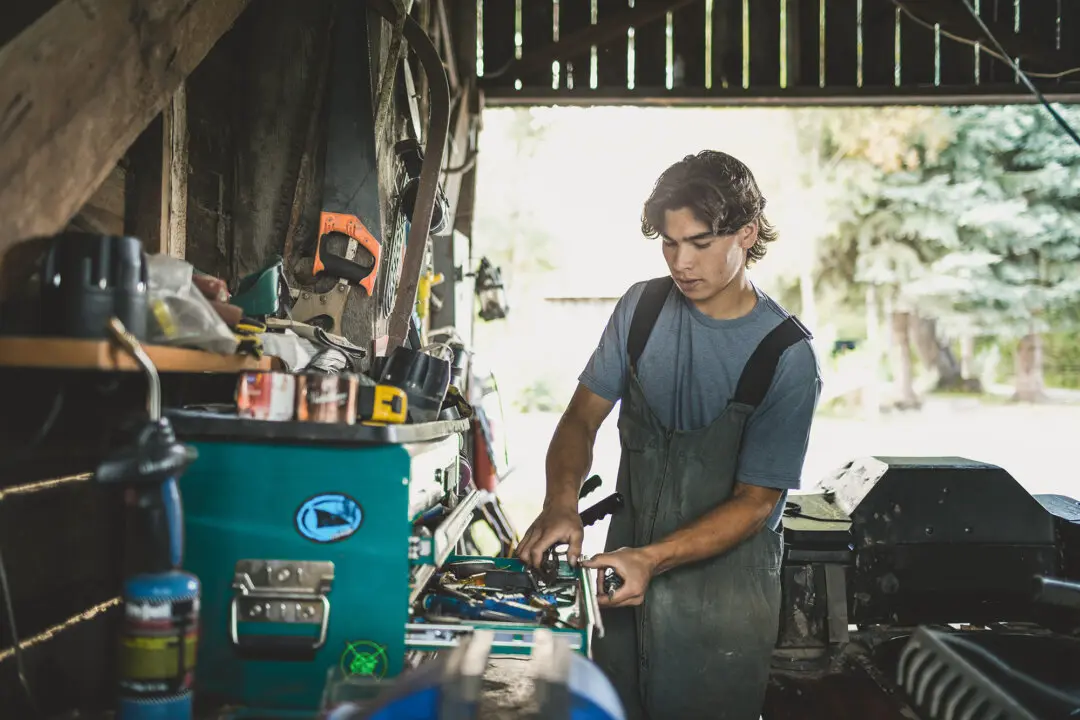Bring the basil, rosemary, lemongrass, tomatoes, peppers, and even dwarf citrus trees indoors for a winter bounty and a head start on next season.
Looking over the garden as the days get shorter and the first frost moves closer signals the end of the growing season for those without a greenhouse—or does it?





